White Pine Rust Disease
White pine rust disease. White pines develop swollen cankers on the trunk or. White Pine Blister Rust If you live in the north-east you might have a white pine tree. It spread rapidly throughout the range of western white pine and sugar pine in Washington and Oregon by 1940.
Remove lower branches gradually as the trees mature. Examine white pines each year for blister rust flags and cankers. White pine blister rust is a serious tree-killing disease of eastern white pine and its close relatives pines with needles in bundles of five.
White Pine Blister Rust This disease is caused by the fungus Cronartium ribicola. Like many rust fungi C. Asterum needs two different host plants to complete its life cycle.
Economically it is one of the most important forest diseases in North America. One plant from the Pinaceae family and the other from the Asteraceae family. For example the repeating stage in white pine blister rust disease does not occur on white pines but on the alternate host Ribes spp.
Also known as western pine gall rust or as pine-pine gall rust for its proclivity to spread from pine to pine pine gall rust disease is a fungal disease that affects two- and three-needle pine trees. White pine blister rust is a disease that was introduced from Europe at the turn of the 20th century. Prune off branches with.
It is only a problem in ornamental pines when currants or gooseberries Ribes species are growing nearby. How to manage white pine blister rust Prune off diseased branches. A major threat to high elevation white pines and their ecosystems is a non - native fungus Cronartium ribicola that causes the disease white pine blister rust.
This disease is caused by the exotic not native fungus Cronartium ribicola which was introduced into North America in the early 1900s. This fungus has a complicated life cycle requiring nearby plants in the genus Ribes for intermediary hosts.
White pine blister rust is a serious tree-killing disease of eastern white pine and its close relatives pines with needles in bundles of five.
This disease is caused by the exotic not native fungus Cronartium ribicola which was introduced into North America in the early 1900s. A major threat to high elevation white pines and their ecosystems is a non - native fungus Cronartium ribicola that causes the disease white pine blister rust. Also known as western pine gall rust or as pine-pine gall rust for its proclivity to spread from pine to pine pine gall rust disease is a fungal disease that affects two- and three-needle pine trees. It brought about a decrease in reforestation of white pine in Quebec despite the species considerable commercial value. Economically it is one of the most important forest diseases in North America. Asterum needs two different host plants to complete its life cycle. White pine blister rust is a disease that was introduced from Europe at the turn of the 20th century. It spread rapidly throughout the range of western white pine and sugar pine in Washington and Oregon by 1940. White pine blister rust is not native to the Pacific Northwest but was introduced to British Columbia from Europe in 1910.
10 linhas White pine blister rust. This fungus has a complicated life cycle requiring nearby plants in the genus Ribes for intermediary hosts. White pines develop swollen cankers on the trunk or. Developing a management plan for this type of disease depends largely on whether the repeating stage urediniospores occur on the economically important host plant or the alternate host. One plant from the Pinaceae family and the other from the Asteraceae family. Pine needle rust fungus on goldenrod Pine needle rust is caused by the fungus Coleosporium asterum. Newly discovered associations for white pine blister rust quantitative disease resistance included 453 SNPs involved in wide biological functions including genes associated with disease resistance and others involved in morphological and developmental processes.
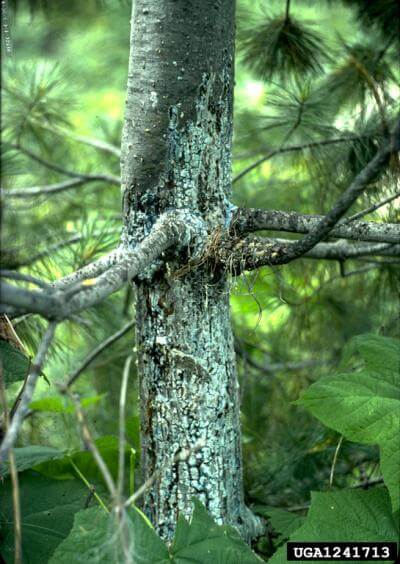



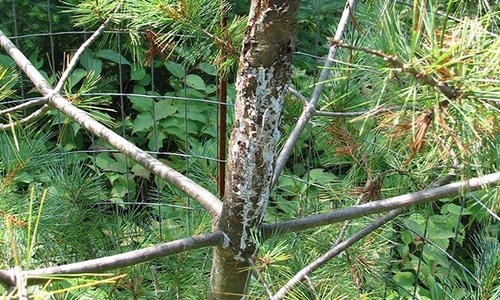
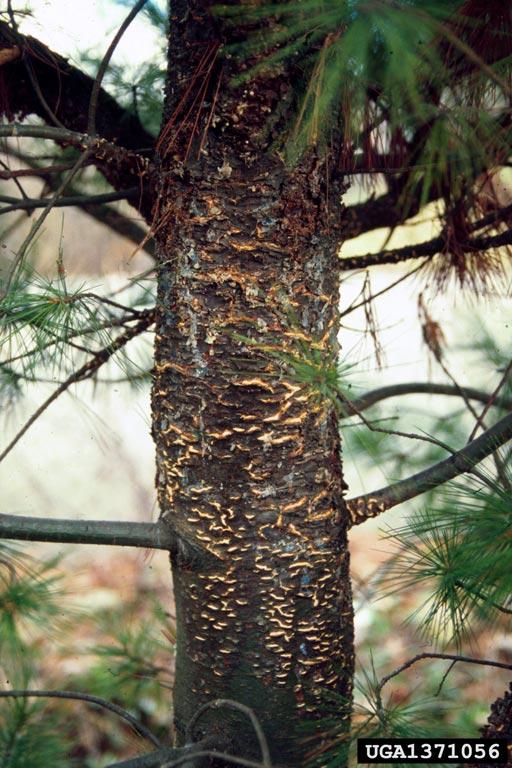
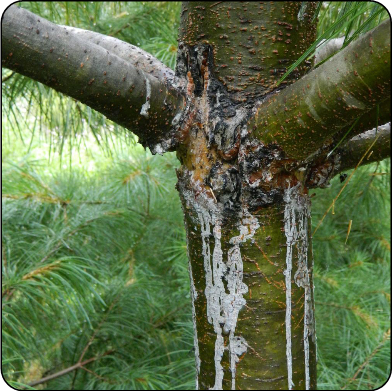
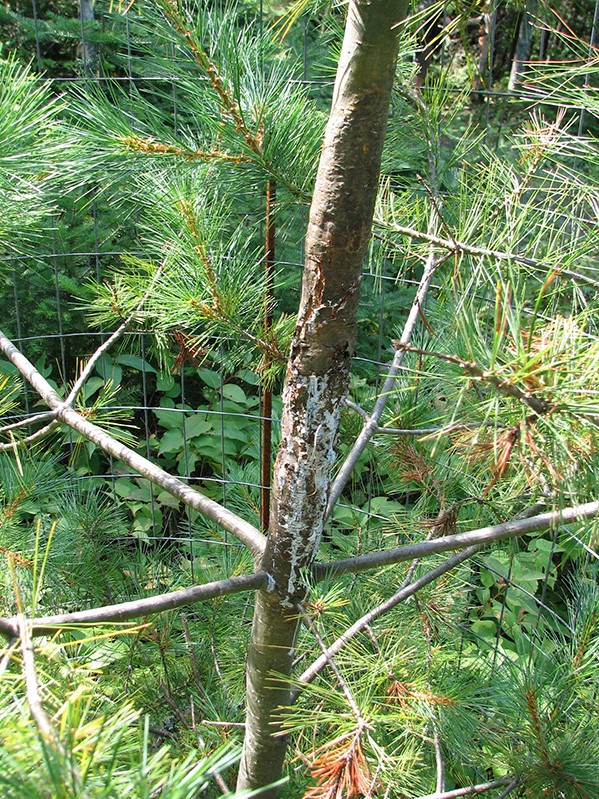

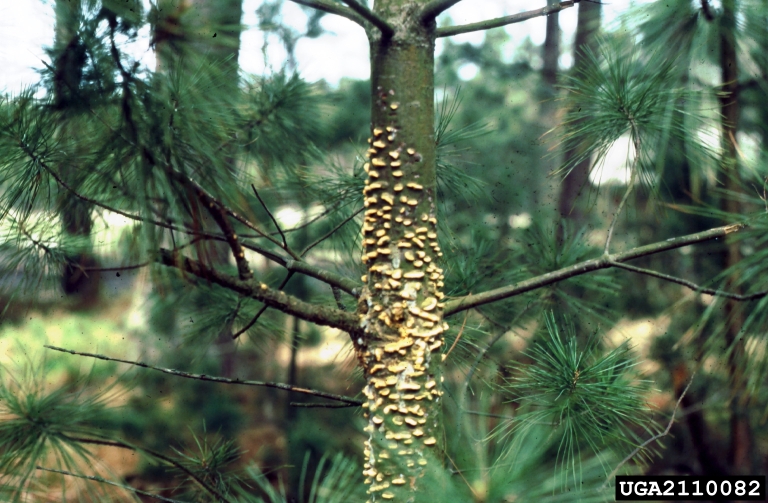


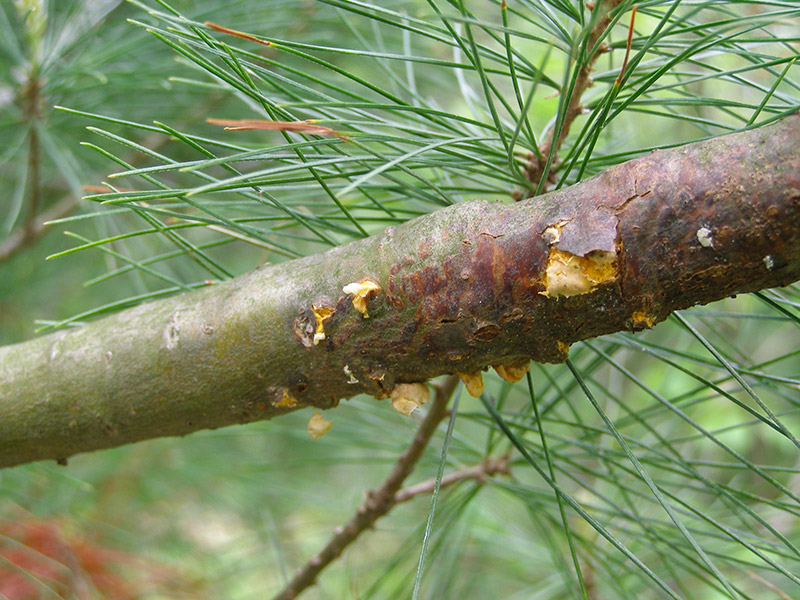

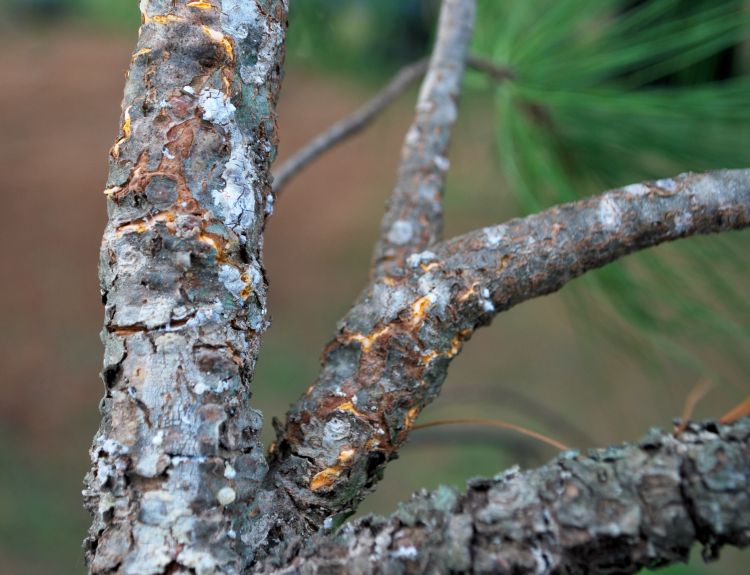



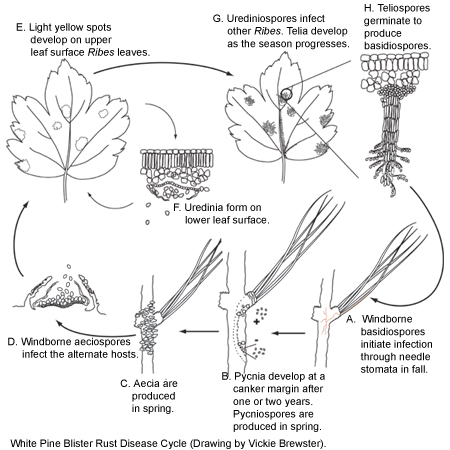

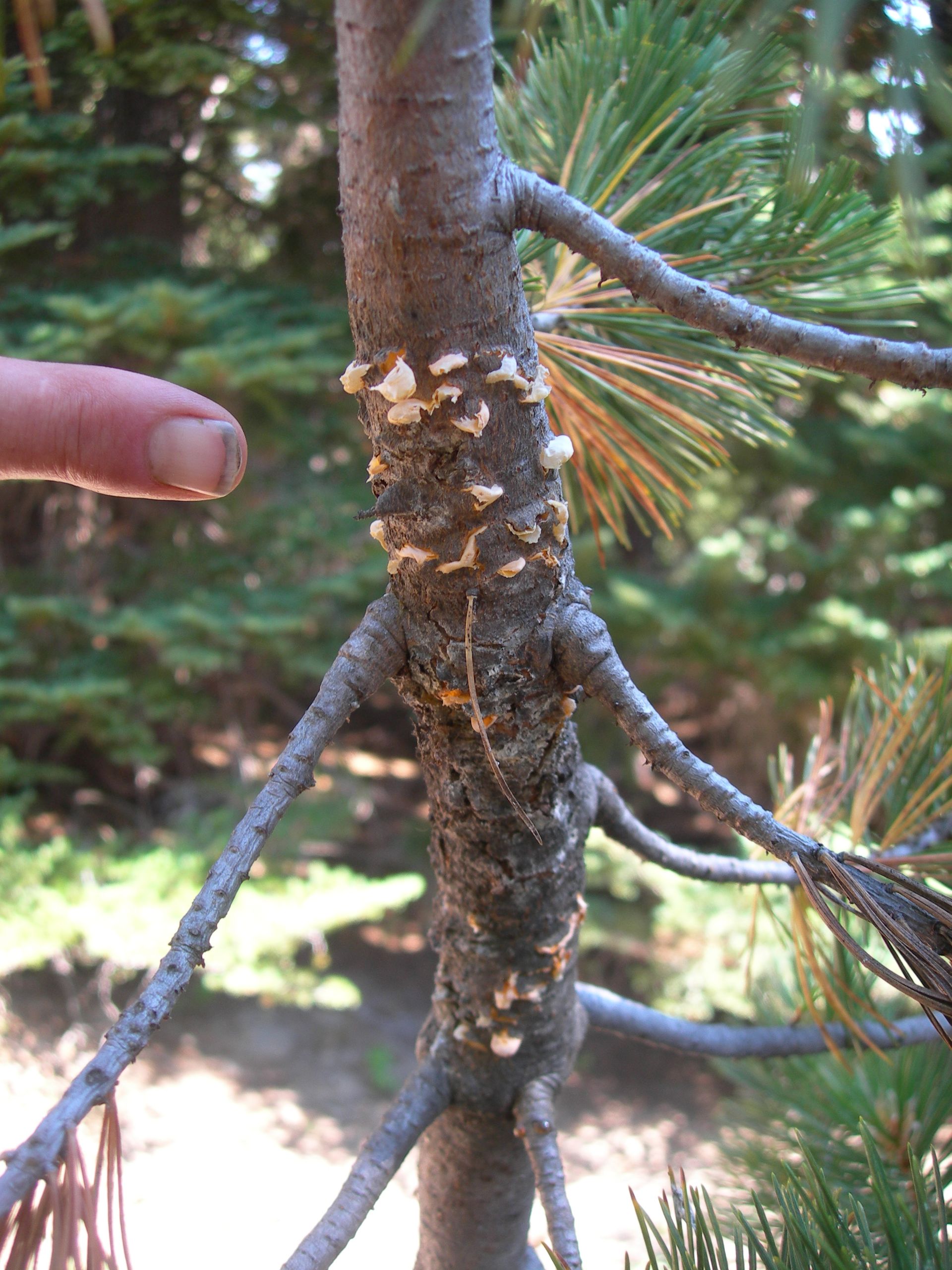
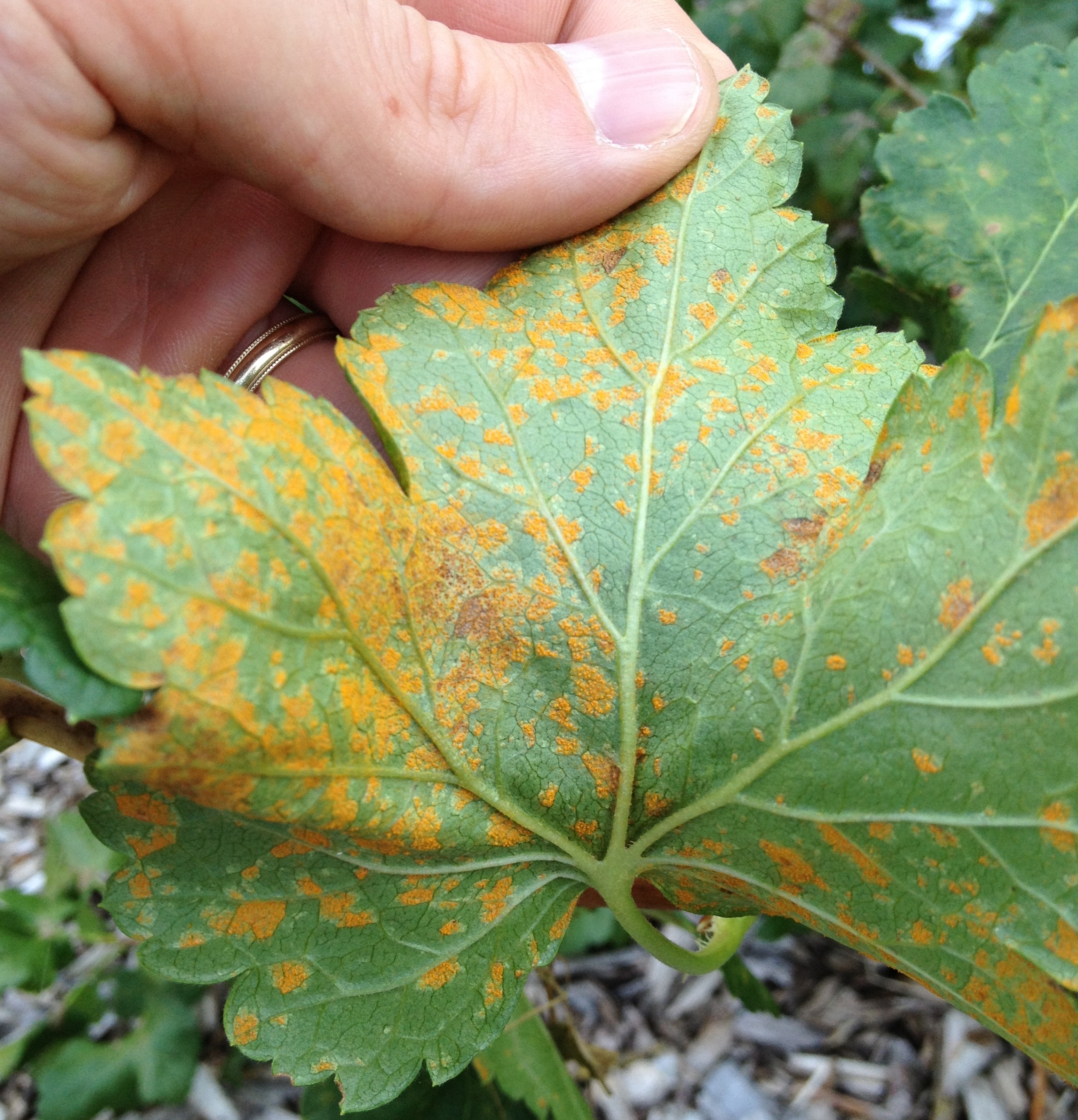

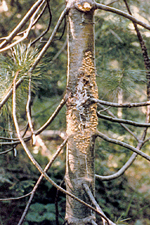


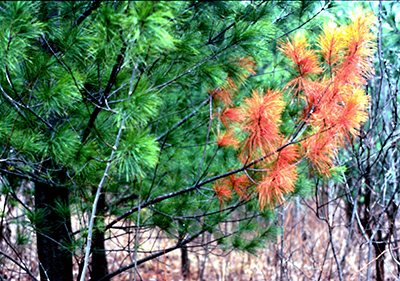
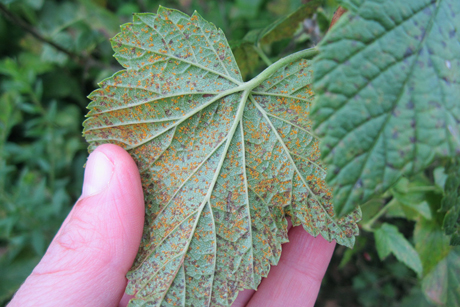
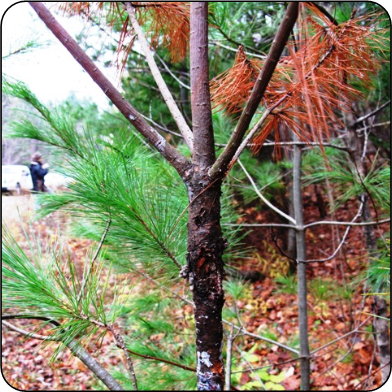


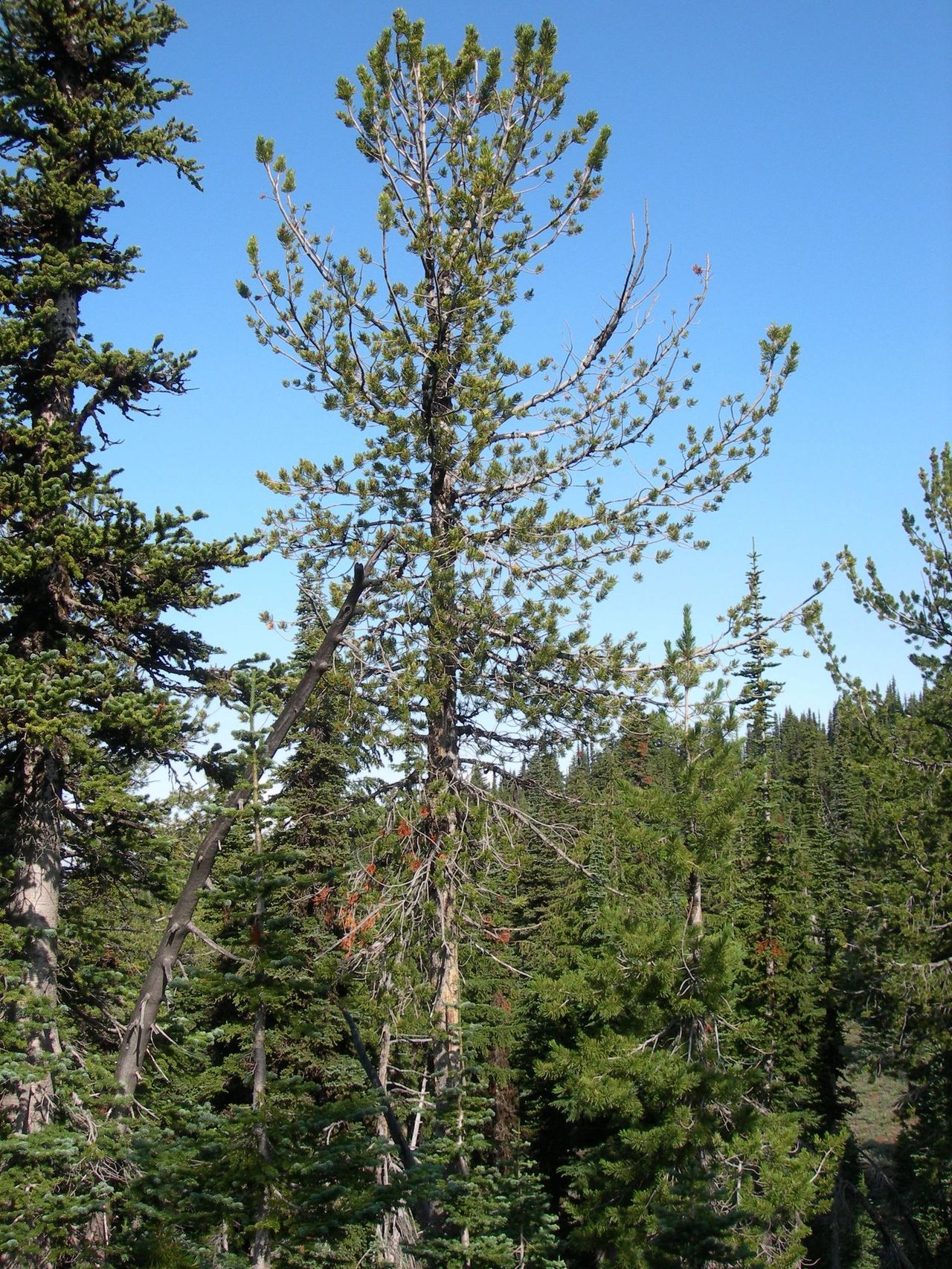
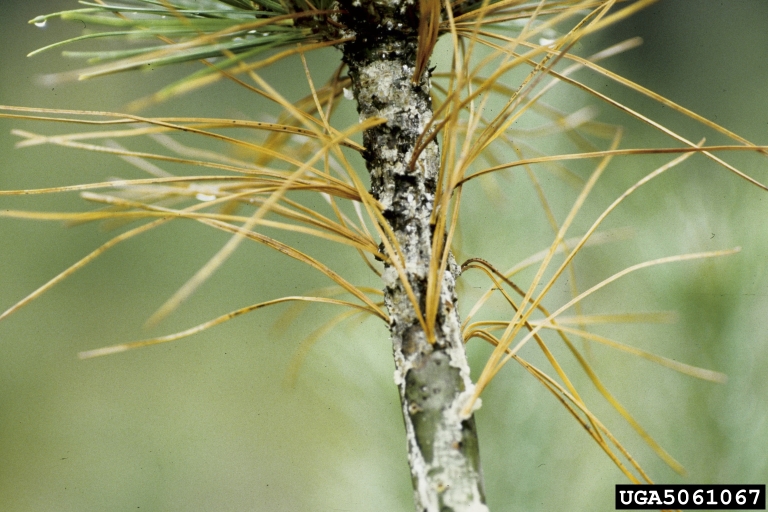

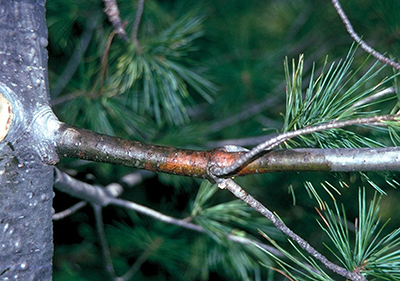
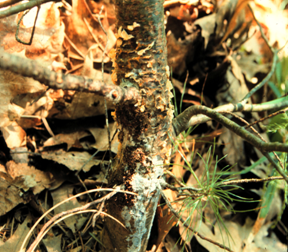


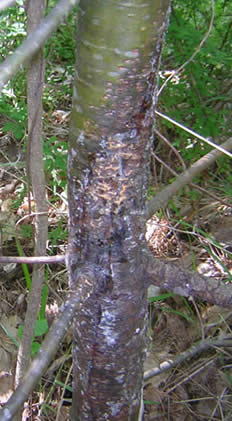


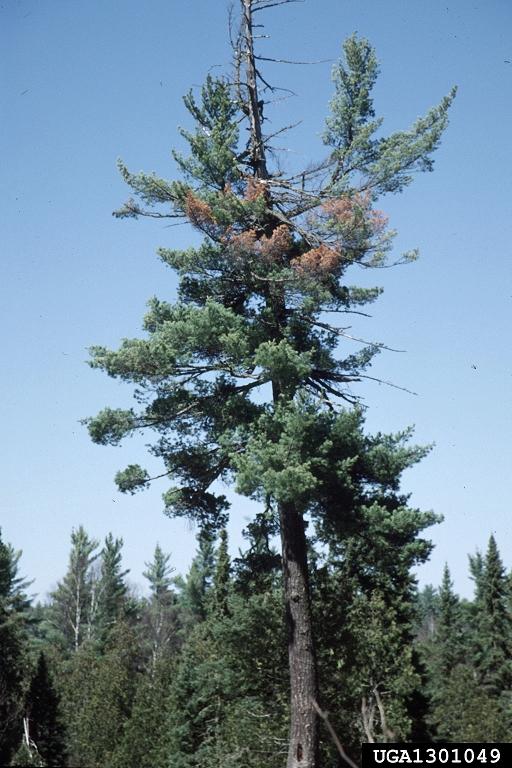
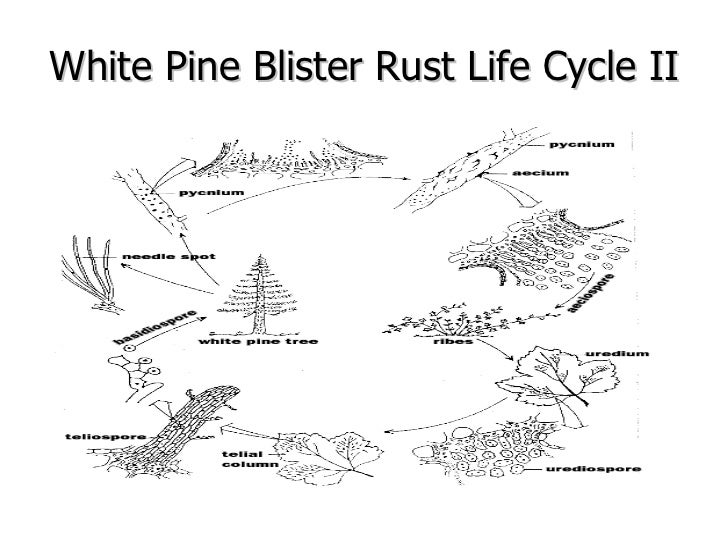

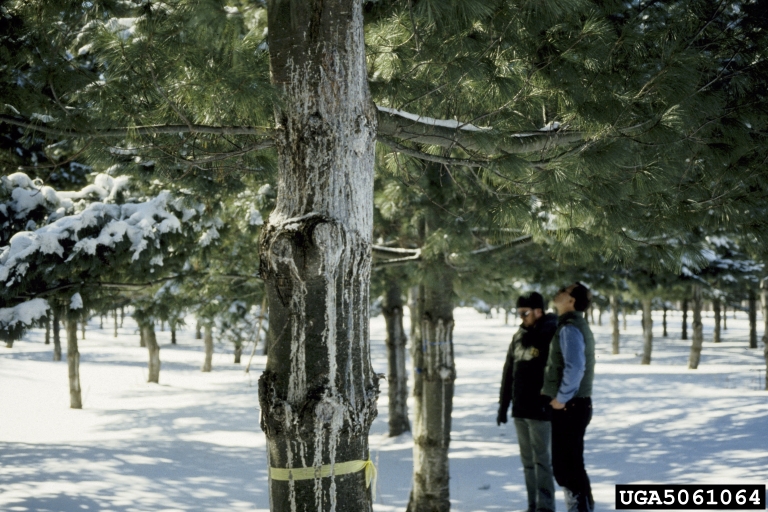
Posting Komentar untuk "White Pine Rust Disease"